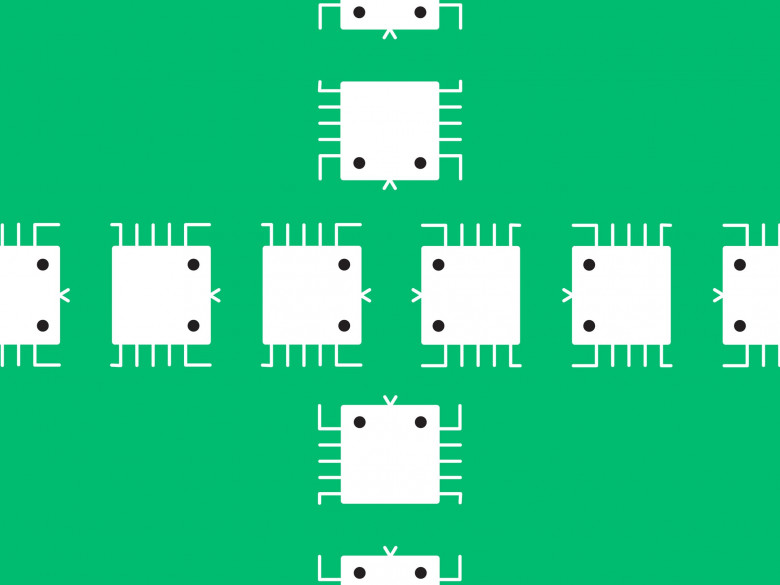How So Many Researchers Found a 20-Year-Old Chip Flaw At the Same Time
On a cold Sunday early last month in the small Austrian city of Graz, three young researchers sat down in front of the computers in their homes, and tried to break their most fundamental security protections.
Two days earlier, in their lab at Graz's University of Technology, Moritz Lipp, Daniel Gruss, and Michael Schwarz had determined to tease out an idea that had nagged at them for weeks, a loose thread in the safeguards underpinning how processors defend the most sensitive memory of billions of computers. After a Saturday night drinking with friends, they got to work the next day, each independently writing code to test a theoretical attack on the suspected vulnerability, sharing their progress via instant message.
That evening, Gruss informed the other two researchers that he'd succeeded. His code, designed to steal information from the deepest, most protected part of a computer's operating system known as the kernel, no longer spat out random characters, but what appeared to be real data siphoned from the sensitive guts of his machine: snippets from his web browsing history, text from private email conversations. More than a sense of achievement, he felt shock and dismay.










































































